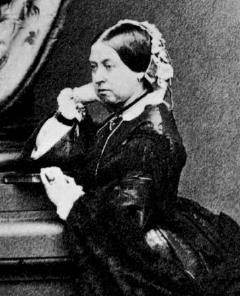Government and PoliticsThe Windsors |
Which British monarch has ruled the longest? |
Victoria (1819–1901) claims the distinction of having remained on the throne of England the longest: She became queen in June 1837 upon the death of her uncle, King William IV (1765–1837). Since she was but a teenager at the time, during the early years of her reign she relied on the guidance of the prime minister, the tactful Lord Melbourne (William Lamb; 1779–1848), whom she counted as a friend. After marrying Prince Albert (1819–1861) in 1840, she also sought out advice from him and his adviser. But by 1850 she had grown confident in her abilities, and she managed the country’s affairs with authority. Later in her reign, prime ministers Benjamin Disraeli (1804–1881) and William Gladstone (1809–1898) gradually secured increased authority for that office—without alienating the queen. It is for this reason that she is often seen as the first modern monarch, of which she remains a lasting symbol. Queen Victoria celebrated her Diamond Jubilee in 1897 amidst an outpouring of public support. She remained on the throne four more years, until her death in 1901.
During her 64-year reign Queen Victoria presided over the rise of industrialization in Great Britain as well as British imperialism abroad. Architecture, art, and literature flourished, in part due to the influence and interests of Prince Albert. It was the prince who in 1851 sponsored the forward-looking Great Exhibition at London’s Crystal Palace. It was the first international exposition—a world fair. The grand Crystal Palace remained a symbol of the Victorian Age until it was destroyed by fire in 1936.

